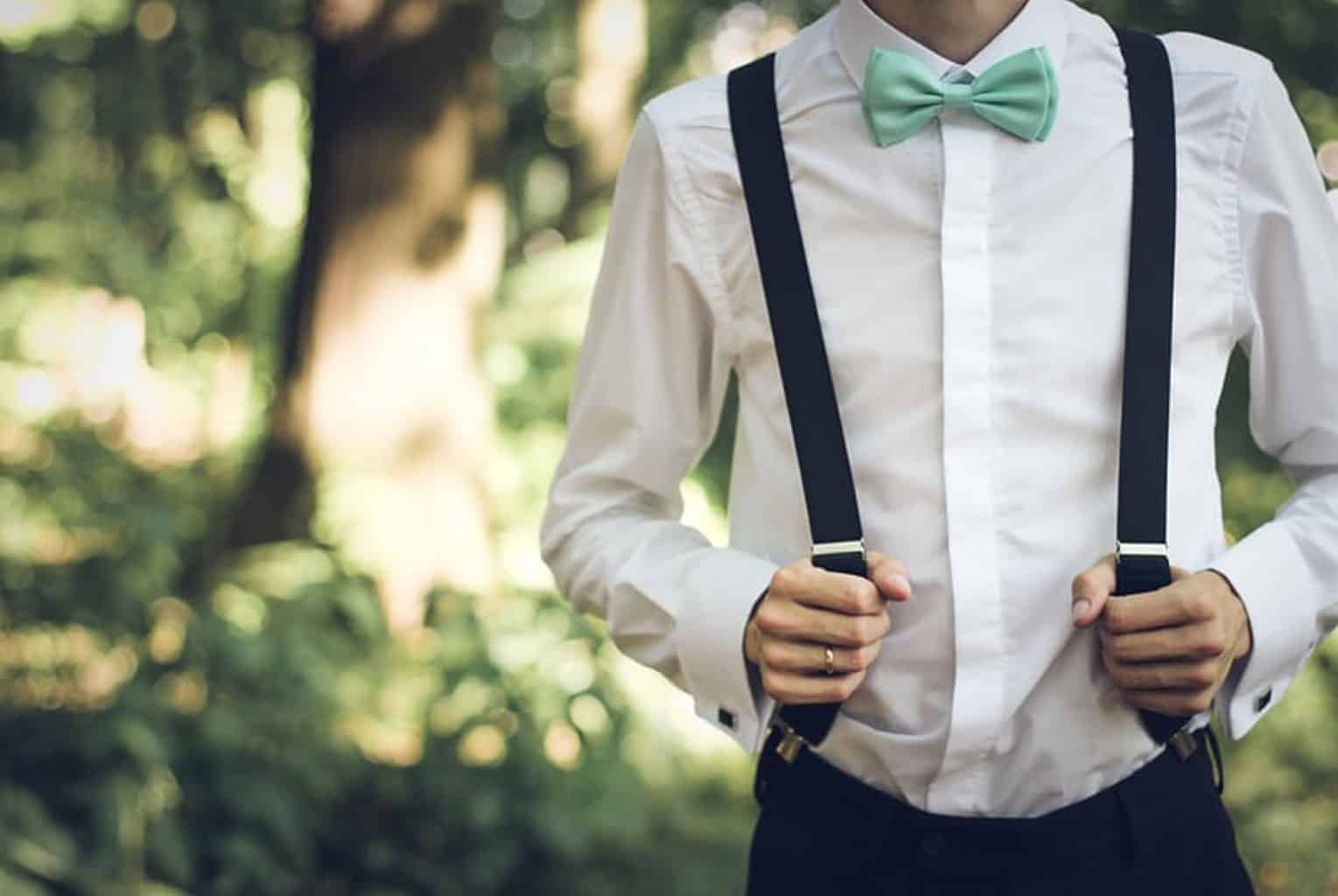Back in the day, there used to be a saying that one could get the measure of a man from the shoes he wears. This referred not only to the quality of the stitching or design but also to the presentation.
In the days when most shoes, at whichever end of the market, were made of leather, it was considered bad form to step out in public with scuffed toes or unbuffed uppers. A tin of polish (of the requisite hue) was always on hand by the front door, along with a brush for applying and a sturdy cloth for wiping. Whatever signal one chose to give off with the rest of the get-up from head to ankle, the shoes had to be right, and this was so whether one was bound for a wedding or for a game of football.
In today’s world of synthetic footwear, the scuff tends to be less of an issue. Yet, we still need to be aware of the message we are sending with our soles of choice. We would no more wear trainers to a funeral than we would don a snazzy pair of brogues to go out for a jog. As a reasonable rule of thumb, our shoes should be both appropriate for the occasion and in sync with the remainder of the outfit. Remembering these two basic rules will prevent us from stepping out of line (if you’ll pardon the pun!).
The Essentials of Evening Wear
Dressing for dinner isn’t always an exact science. If you are meeting friends after work or taking the family into town for a pizza, the occasion may demand little more than a clean pressed shirt and a pair of casual pants. Sometimes, even the trainers will suffice depending on how casual the occasion (and the company!) happen to be.
The formal, or semi-formal, dinner is a different matter entirely. When evening wear is called for, there is a whole new dress code featuring specific items designed very much for a specific purpose. Assuming the event is black tie rather than full-on white tie, we are talking obligatory tux in black or midnight blue, with satin lapels and matching stripes along the outseam of the trouser. Underneath, of course, will be the spotless white dress shirt with either a standing or downturned collar, cuff links, black bow tie, and either a cummerbund or, at the very least, a tasteful evening waistcoat. Sometimes, according to the requirements of the occasion, a bowler or boater hat may also feature.
A pair of smart button-on suspenders can also lend an assertive and outspoken touch to what can otherwise be a staid and somewhat conservative outfit in spite of its showy veneer.
Getting the Shoes Right
Even if the invitation is likely to be quite specific about the precise nature of the required dress for the torso, it is less likely that there will be a strictly defined code for shoes (that’s not to say it’s a free for all!). Instead, there is an unwritten understanding that any invitee to such a prestigious event would have a reasonable grasp of what is and is not appropriate for this kind of occasion, and what can reasonably be worn as footwear with a tuxedo and black tie.
The most usual option would be the dress shoe, which can be leather or synthetic and, in spite of its relative plainness, is available in a number of styles. The Balmoral is a closed lace-up version, which also comes in a more summery White Buck variant. Alternatively, there is the Monkstrap, or monk shoe, which has a buckle and strap in place of the lacing. Additionally, there is the loafer, a slip-on shoe sometimes adorned with a tassel.
The other shoe commonly seen with evening wear is the pump, sometimes called a court shoe across the pond. This has a buckle or a bow made of grosgrain silk or rayon, which is usually only for decorative purposes. A full leather sole is either glued or stitched to the main shoe, making it rather hard-wearing as well as somewhat dressy. Although originating way back in the 17th century, the pump continues to be a staple of formal and semi-formal evening dress.
Putting it All Together
Of course, while style is very important, compatibility is every bit as much so. The tux forms a part of a matching suit (in the UK, it is often actually referred to as a dinner suit), and the stark white shirt and black bow tie bring out the contrast.
Similarly, the shoes are an important element of the design and need to complement the overall appearance rather than compete with it (usually, they will be black). Brown and tan shoes can sometimes work with formal evening wear depending on how it matches up with the other items.
Suspenders can add an interesting additional element to this carefully crafted balance. Available in button-on or clip-on, Y-back or X-back, wide or narrow, they can create additional style and contrast, especially when the jacket is removed. Fashions come and go with every new generation, the suspender looks just as fresh and up-to-date today as it did a hundred years ago! The best in style seldom changes.
Presentation is absolutely everything as it can say so much about the things you are too modest to say for yourself – especially at the dinner table. Your dress sense demonstrates an organized mind, an eye for detail, and a manful determination to get it right. You are not going to sell your image and reputation short by letting yourself down with your choice of clothes, or with ill-thought-out contrast.
Pride hasn’t changed very much since the days when our fathers kept the polish by the door. Black, light tan and dark tan. Whatever we had, or didn’t have, we were going to walk the short walk to wherever we were headed with dignity and aplomb. Ideal qualities, in fact, for a formal evening event.
